Explainer: Beware of fake content that exploits emotions and clouds rational thought
Content that shocks or horrifies or makes us feel anxious or fearful is often used by disinformers. This week we show how our emotional responses are used to cloud rational thought and how disinformation can entrench stereotypes.
By Daily Maverick
Those who wish to spread disinformation often play on our emotions. It’s a tactic that is also used by salespeople. How many of us, for example, have been in a shop where we are thinking of making a purchase (usually an expensive one) and seeing us hesitate, the salesperson tells us how much interest there has been in the same item and how the one we are looking at is the last one? This is designed to make you anxious about losing a possible bargain, while encouraging you to make a decision based on another person wanting the same item. It adds urgency and pressure.
Most of the media organisations in South Sudan, which adhere to professional standards of ethical journalism, don’t publish fake news. Our media usually think very carefully when using graphic and disturbing images, and offer context and warning and, crucially, some kind of justification for showing unverified images.
If you see suspicious content on a social media platform, ask: Why is it there? Who has posted it? What do they hope to achieve? Ask if there is any justification for using such graphic content and if it advances the story in any way.
If you find content about issues you are uncertain of, or if you are vaccine-hesitant, and suddenly your emotional buttons are being pressed, exercise extreme caution, check credible media and then avoid sharing, unless there are clear reasons to do so.
A quick note on credible media – how do you know? Well, you can look to see if the media organisation subscribes to accepted standards of professional journalism. Do they offer a credible means of addressing complaints? Do they tell you who the editor is? Any media organisation that avoids such mechanisms is not helping with their or the media’s credibility.
Another role as a reader and active member of the public is to keep reporting those who seek to exploit and heighten fear. It won’t stop disinformation, but it may reduce its spread and cause less harm. It is critical that we all play our part in combating and mitigating these digital offences. If you suspect that content on digital media is disinformation, hate speech, harassment of journalists or incitement to violence, report it to relevant authorities in your area.

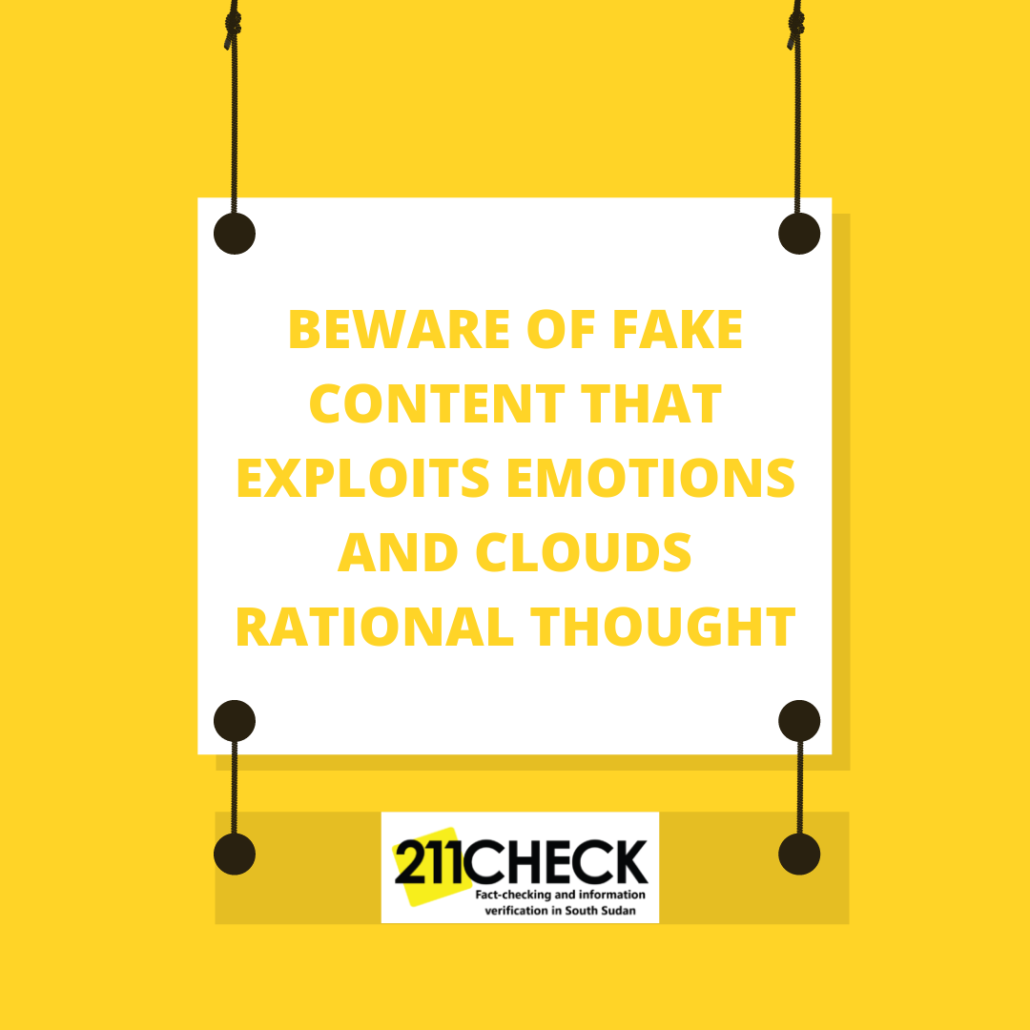
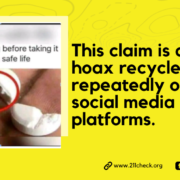

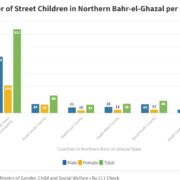 211 Check
211 Check 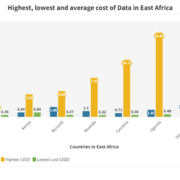

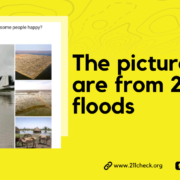



Leave a Reply
Want to join the discussion?Feel free to contribute!